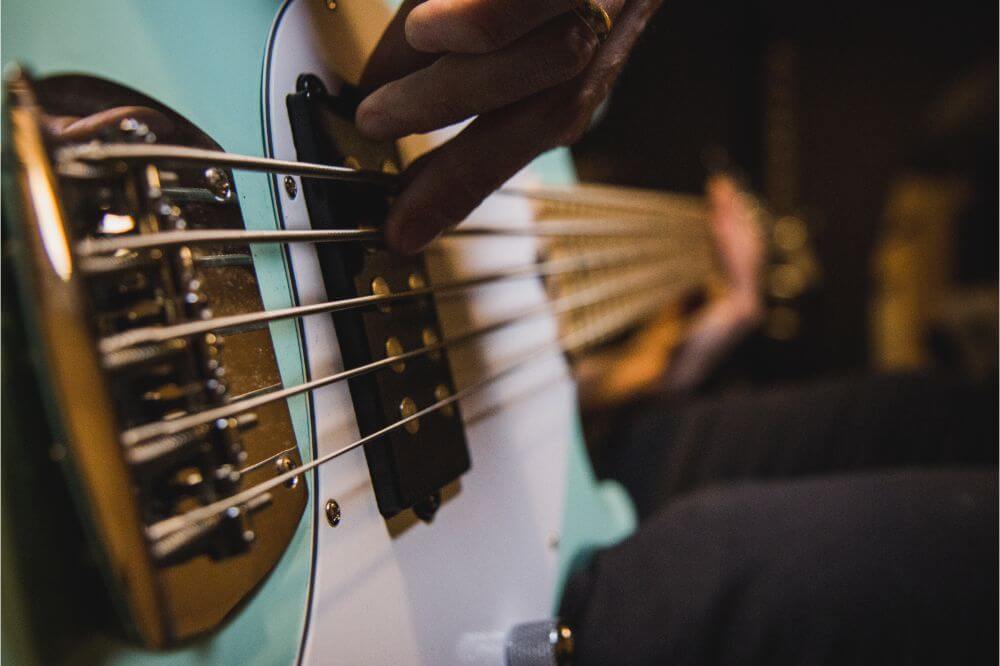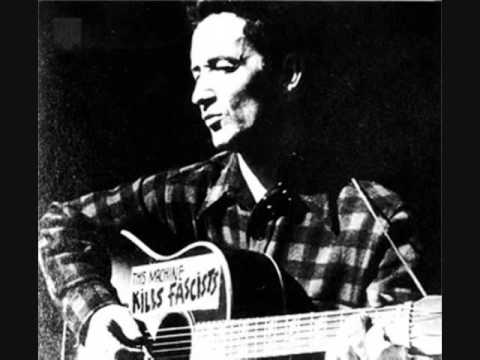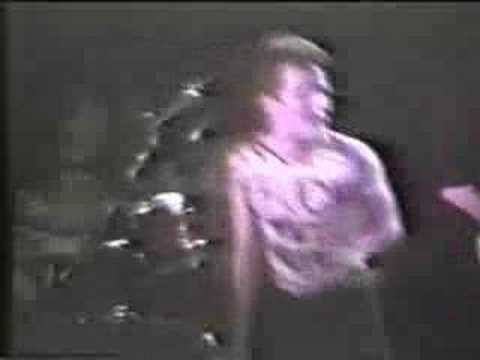Intonating a guitar can be a lengthy and challenging process if you don’t know what you’re doing. The use of intonation ensures that your guitar is at the correct pitch and all of your strings and tones sound crisp, clear, and beautiful.
In this article, you’ll learn what intonation is and how to intonate your guitar so that your notes sound just like they’re meant to. So without further ado, let’s take a look at everything you need to know on how to intonate a guitar.
What is Guitar Intonation?
With all instruments, especially a guitar, the word intonation refers to how accurate the pitch is. How flat or sharp a note is refers to its intonation. If a guitar has a wonky intonation, or if the intonation is not set correctly, it can lead to unpleasant notes and dissonant tones.
You probably do so by plucking your unfretted strings when tuning your guitar. This is how they teach you to tune as a beginner, but when the strings are fretted (when you press down on a string with your finger to create a note), you create tension across the strings.
The tension of the strings can bend and twist the pitch, which often causes that subtle but unpleasant change in pitch if your guitar is not intonated properly. Depending on how your guitar was set up with its strings, the problems with intonation can range from subtle to severe.
An intonation problem can entirely ruin the sound of a song. That’s why it’s essential to take the time to learn how to intonate your guitar correctly.
Tools You Need to Intonate Your Guitar
To properly intonate your guitar, you’ll need a few tools. These include the following:
- New set of strings (don’t bother trying to intonate with old strings!)
- Hex key or allen wrench
- Screwdriver (small flat head)
- 1/4 inch instrument cable
- Guitar tuner (frequency in Hertz)
Before you begin intonating your guitar, make sure that it’s cleaned off, that your new strings are stretched, and you have all of the tools at your disposal. Depending on the type of guitar and bridge you have, you may need one or more tools above.
Take some time to familiarize yourself with your guitar and the style of bridge that you have. Some bridges will have you use a screwdriver to adjust the bridge, while others will use the allen wrench or instrument cable.
Familiarize yourself with which way you need to turn your saddle to adjust the length of your string, as well. Some bridges will use a right-hand turn to shorten the strings, while others will use a left-hand turn to shorten the strings.
How to Intonate a Guitar
Once you’re familiar with your guitar, the bridge, and the saddle, you’re ready to move on to checking your intonation and adjusting it as needed.
Step 1
Tune your guitar. Use your accurate guitar tuner with frequency in Hertz and tune the strings as you’ve been taught as a beginner. After your strings are tuned, take a moment to play a few chords and scales and listen carefully.
Step 2
Now, take some time to check the frequency in Hertz of each string when you lightly press down on the 12th fret. When you play each string on the 12th fret, they should all be in tune with the string’s natural open string.
If each string is in tune with the open string, then congratulations, your guitar is intonated, and you don’t have to go any further. However, if you’re finding that your 12th fret is off tune, then you need to intonate.

Step 3
If you play the 12th fret on a string and the tune is sharp, you will need to increase the length of your guitar string. This will help lower the pitch of the note. Use your screwdriver (or other tools) on the saddle to move it further away from the fretboard to increase the length. Do so slowly, playing your 12th fret on every quarter turn to see if your note is in tune with the open string.
On the other hand, if your 12th fret is flat, you need to shorten the length of the string to raise the pitch of the note. This can be done by using your screwdriver in the same way on the saddle to bring the saddle closer to the fretboard.
Step 4
Repeat your saddle movements on each string that you have noted as either sharp or flat from the open string. After you’ve adjusted your strings, check the tune on your guitar with both the open string and the 12th fret.
Frequently Asked Questions
If you still have a few unanswered questions on your mind, keep reading below.
How often should I replace my strings?
Depending on how often you play your guitar and how harshly you play, you may need to replace your strings more frequently than someone who only plays occasionally. The fret wire on your guitar causes the strings to wear down as you play. Sweat and the oil from your fingers can also contribute to the breakdown of your strings.
Replace your string if you have to tune your guitar more often or if you find any discoloration or rust on the strings.
What affects a guitar’s intonation?
So, how does your guitar’s intonation get out of whack in the first place? For the most part, intonation is never permanent. Intonation can rise or fall depending on the age of the guitar, as well as the frequency of use.
If you’re playing with older strings, you may have to adjust your guitar’s intonation more often. When you find that your intonation is either sharp or flat, it’s best to intonate with brand new strings. If you try to intonate with the old strings, you’re just going to have the same problems repeatedly.
How to keep your guitar strings healthy?
The quicker your strings deteriorate, the more often you’ll have to adjust the intonation. It can be time-consuming to replace your guitar strings continually, so make sure you keep your strings as healthy as possible.
Wash your hands before guitar use, and avoid using your guitar when your hands are overly sweaty. Sweat and the oil from your hands can cause the strings to degrade faster and create more issues with intonation.
Final Thoughts
Guitar intonation is one of the most important parts of owning and playing guitar, especially if you’re invested in having a guitar that sounds good and makes good music. If you find yourself often playing out of pitch, then your guitar’s intonation might be the problem.
If you’re a beginner guitarist, you won’t always intuitively know the problem. That’s why you must check your intonation every once to make sure that your guitar sounds as good as possible.
However, be aware: changing your guitar’s intonation can affect the rest of your guitar. Intonation is just the first step in adjusting your guitar. Take some time to learn how to adjust your guitar’s truss rod after your intonation. The truss rod can be intimidating to new guitar owners, but it can significantly improve your guitar’s sound.




















